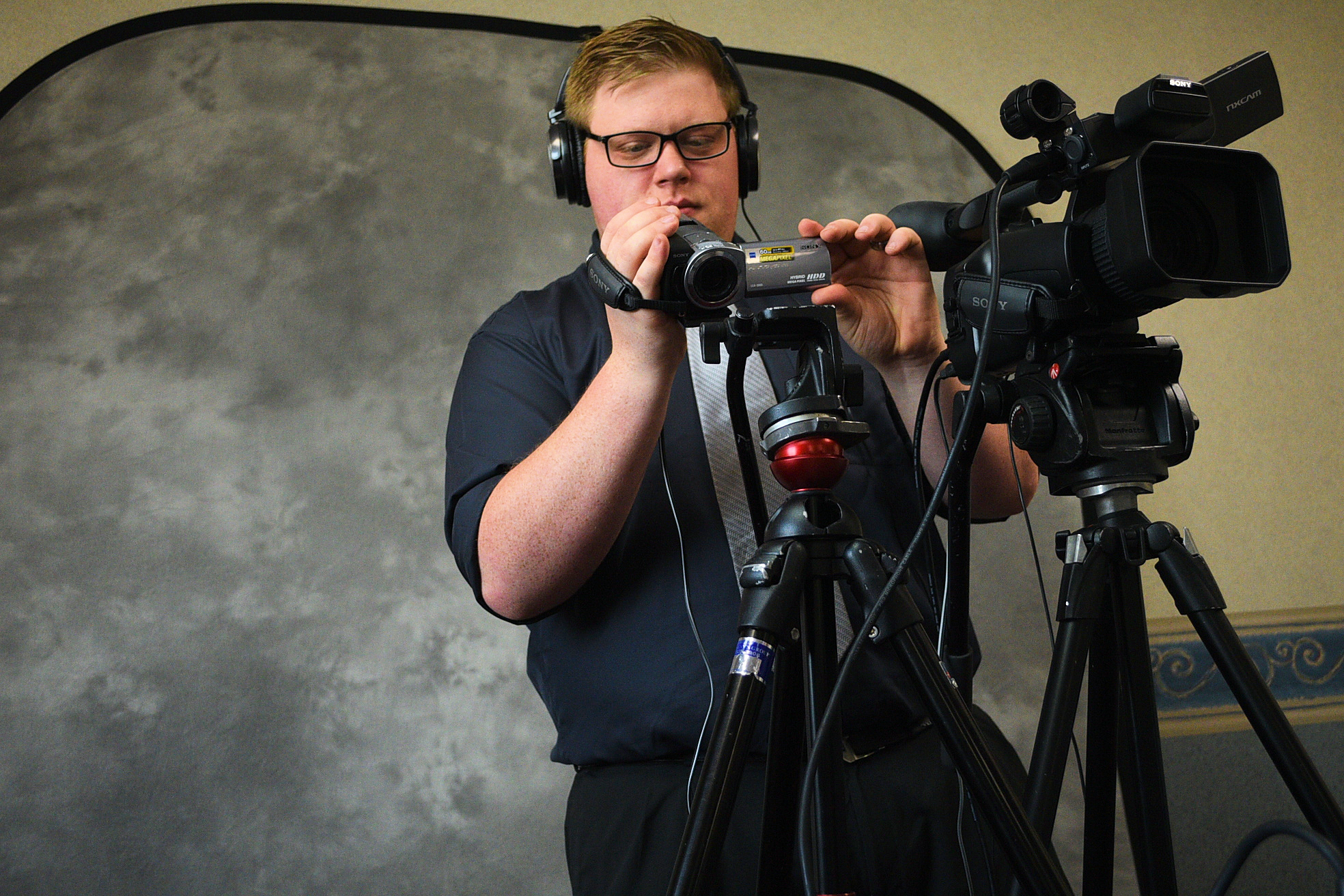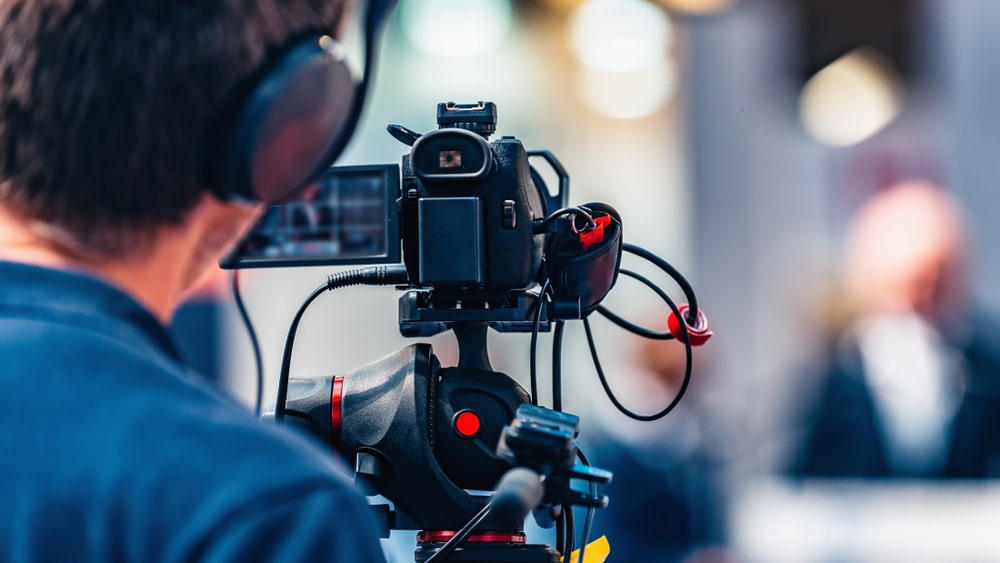Comprehending the Relevance of Videography in Legal Procedures
The assimilation of videography right into legal process has actually arised as a significant element in the discussion and analysis of evidence. By catching visual components such as body language and facial expressions, videography improves the narrative surrounding witness testimonies and can greatly influence court perceptions.
Function of Videography forthcoming
Videography plays an increasingly important duty in lawful procedures, functioning as an effective medium for offering proof. The integration of video clip recordings right into the lawful framework permits for a more vibrant depiction of truths, enabling courts and jurors to imagine occasions as they transpired. This visual documentation can include a series of products, consisting of security video footage, tape-recorded witness statements, and expert presentations, every one of which can significantly boost the evidentiary landscape.
One of the key benefits of videography is its ability to capture nuances that may be lost in written accounts. Facial expressions, body movement, and situational context can give crucial understandings, aiding to convey feelings and intents that message alone can not. Additionally, the usage of video clip evidence promotes a more interesting court room experience, possibly helping jurors in recognizing intricate cases.
As modern technology breakthroughs, the quality and ease of access of videographic evidence have actually improved, making it an indispensable part of contemporary legal techniques. Courts increasingly identify the worth of video as a trustworthy source of information, triggering lawful specialists to adjust their methods for evidence presentation. Eventually, videography serves not only to show truths yet additionally to improve the total stability of the judicial procedure.

Enhancing Integrity and Clarity
A considerable benefit of integrating videography in legal procedures is its ability to boost both reputation and quality of proof provided in court. Videographic evidence can capture subtleties that composed documents might overlook, such as tone, body language, and context. This aesthetic representation permits judges and courts to better understand the conditions surrounding the situation, therefore cultivating a much more accurate understanding of the occasions concerned.

Furthermore, the clearness afforded by videography lowers the probability of misinterpretation that can emerge from textual descriptions. This precision is specifically essential in complicated instances, where details can be conveniently misconstrued. Eventually, by presenting evidence in an aesthetically easily accessible format, videography not only strengthens the stability of the judicial procedure but also sustains enlightened decision-making by those included in legal procedures.
Impact on Court Perception
The addition of videographic evidence substantially influences court perception, often causing much more engaged and educated considerations. Jurors are commonly more receptive to aesthetic information, which can improve their understanding of intricate instances. Videography provides truths in a way that is both compelling and easily accessible, permitting jurors to get in touch with the proof on a much more individual degree.
In addition, the capacity to witness occasions as they happened can stimulate emotional reactions that composed transcripts or verbal statements might stop working to generate. This emotional involvement can lead jurors to create more powerful opinions concerning the reputation of witnesses and the total story of the case. The graph of evidence additionally aids in clarifying obscurities, making it easier for jurors to grasp the context and importance of the information offered.
Furthermore, videography can work as a powerful tool for narration, allowing lawyers to build a persuasive story that resonates with the jury. When jurors can picture scenarios and witness essential moments, their capacity to calculated attentively and reach a well-informed verdict is substantially improved, eventually impacting the outcome of lawful process.
Finest Practices for Legal Videography
Carrying out ideal methods in lawful videography is crucial for guaranteeing that visual evidence is both effective and qualified in the court room. Select certified specialists who specialize in legal videography to guarantee the technical quality of the recordings. This consists of making use of high-resolution cams and expert sound tools to capture clear visuals and noise.
2nd, maintain proper paperwork throughout the recording process. This involves right here creating a thorough log that includes timestamps, descriptions of the web content, and the identities of all people existing. Such documentation can reinforce the authenticity of the video clip.

Furthermore, take into consideration using ideal editing and enhancing strategies. While it is important to preserve the original material, minor changes for clearness-- such as boosting audio degrees-- can enhance the overall presentation without modifying the material.
Future Trends in Legal Videography
As legal videography continues to develop, arising techniques and technologies are forming the future landscape of visual evidence in the court (Legal Videography). One considerable pattern is the integration of high-definition and 4K video clip high quality, boosting the clearness and information of recorded testaments and proof. This better resolution help jurors in adequately assessing the credibility of witnesses read more and the subtleties of the here and now products
Additionally, making use of synthetic knowledge (AI) in video analysis is getting traction. AI devices can assist in recognizing crucial moments in footage, generating transcripts, and also assessing non-verbal interaction, which gives deeper understandings right into witness reputation. Virtual fact (VIRTUAL REALITY) and augmented reality (AR) are poised to reinvent just how proof is provided, enabling jurors to immerse themselves in crime scenes or scenarios, therefore cultivating an extra profound understanding of the context.
Final Thought
In recap, videography functions as a crucial device in lawful process, enhancing the presentation of proof and improving the overall understanding of cases. By catching non-verbal signs and bolstering the reliability of witness accounts, videography considerably influences court understanding and decision-making procedures - Legal Videography. Following finest methods makes certain the effectiveness of lawful videography, while arising patterns guarantee to further augment its role in the judicial system, inevitably fostering an extra informed and involved legal setting
Videography plays an increasingly essential duty in legal process, offering as an effective medium for offering evidence.A considerable benefit of integrating videography in legal process is its ability to boost both trustworthiness and clearness of proof provided in court. Inevitably, by offering evidence in an aesthetically accessible style, videography not only reinforces the stability of the judicial process however additionally supports informed decision-making by those involved in lawful procedures.
In recap, videography offers find more information as a vital device in legal process, improving the presentation of evidence and enhancing the total understanding of instances. Legal Videography. Sticking to finest techniques makes sure the efficiency of legal videography, while emerging patterns guarantee to additional enhance its role in the judicial system, inevitably cultivating an extra educated and engaged legal atmosphere